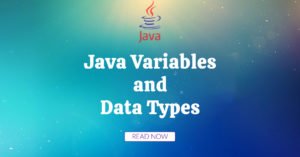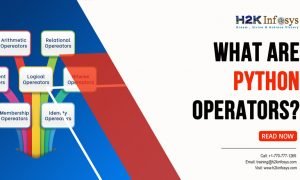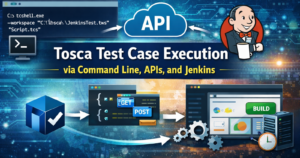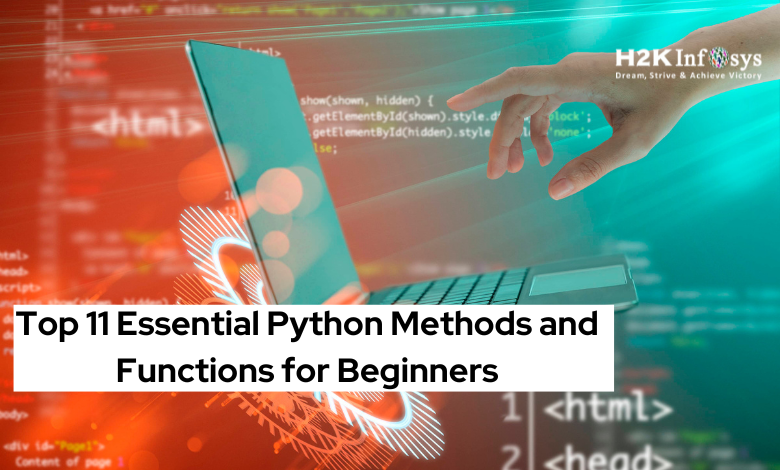TensorFlow is one of the most popular open-source libraries for machine learning and deep learning, developed by Google Brain. It’s widely used in various applications, including image and speech recognition, healthcare, and financial forecasting. As a data scientist, mastering TensorFlow can significantly boost your career. This blog will explore advanced TensorFlow interview questions to help you prepare for your next job interview.
Explain the architecture of TensorFlow.
TensorFlow’s architecture comprises three main components: the dataflow graph, the session, and the tensor.
- Dataflow Graph: TensorFlow uses a dataflow graph to represent computations. Each node in the graph represents an operation, while the edges represent the data (tensors) flowing between these operations.
- Session: A session is responsible for executing the graph. It encapsulates the environment in which the dataflow graph is executed.
- Tensor: Tensors are the central unit of data in TensorFlow. They are multidimensional arrays that flow through the graph.
What is the difference between tf.Variable and tf.placeholder in TensorFlow 1.x?
tf.Variable: Represents a variable that can be modified during the execution of the graph. It is used to hold and update parameters during training.tf.placeholder: A placeholder is a variable that will be assigned data later. It allows feeding data into the graph through thefeed_dictargument in a session’s run call.
In TensorFlow 2.x, the use of tf.placeholder has been replaced by directly using NumPy arrays or other data structures, as the eager execution model is now the default.
How does TensorFlow handle backpropagation?
TensorFlow handles backpropagation through the automatic differentiation feature, which computes gradients for a graph’s variables concerning a loss function. The process involves the following steps:
- Forward Pass: The data flows through the graph, computing intermediate values and the final output.
- Loss Calculation: The loss function computes the difference between the predicted and actual values.
- Backward Pass: TensorFlow calculates the gradients of the loss concerning each parameter using the chain rule.
- Gradient Descent: The optimizer adjusts the parameters to minimize the loss.
What are the different types of TensorFlow optimizers, and when should you use them?
TensorFlow offers various optimizers, each with different properties:
- Gradient Descent Optimizer: A basic optimizer that uses a constant learning rate. It can converge slowly and may get stuck in local minima.
- Adam Optimizer: An adaptive learning rate optimizer that computes individual learning rates for different parameters. It is widely used due to its efficiency and effectiveness.
- RMSprop: An optimizer that divides the learning rate by a moving average of the squared gradients. It’s useful for non-stationary objectives.
- Adagrad: An optimizer with an adaptive learning rate, useful for sparse data.
The choice of optimizer depends on the problem, data, and computational resources. Adam is a popular choice for most applications due to its balance of speed and reliability.
What is the purpose of the tf.data API in TensorFlow?
The tf.data API provides a set of classes and functions for creating input pipelines. It helps manage data loading, pre-processing, and shuffling, improving model training efficiency. Key components include:
- Dataset: Represents a sequence of elements, where each element consists of one or more tensors.
- Iterator: Provides the ability to iterate over the elements of a dataset.
The tf.data API allows you to build scalable input pipelines that handle large datasets efficiently.
How does TensorFlow implement distributed training?
TensorFlow supports distributed training using a multi-worker setup, which can be achieved in two ways:
- Data Parallelism: The same model is trained on different parts of the data across multiple devices. Each worker computes gradients, and a parameter server aggregates and updates the model parameters.
- Model Parallelism: Different parts of the model are trained on different devices. This approach is useful for large models that cannot fit into a single device’s memory.
TensorFlow provides high-level APIs like tf.distribute.Strategy to simplify the implementation of distributed training.
What are TensorFlow’s Serving and TensorFlow Lite?
- TensorFlow Serving: A flexible, high-performance serving system for machine learning models designed for production environments. It supports deploying multiple models and versions and provides an API for inference.
- TensorFlow Lite: A lightweight version of TensorFlow designed for mobile and embedded devices. It optimizes models for low-latency inference and supports hardware acceleration.
Both tools are essential for deploying TensorFlow models in real-world applications.
What are custom training loops, and when would you use them?
Custom training loops provide flexibility by allowing you to manually control the training process. You can use them for:
- Complex training scenarios: When the standard training loop does not fit your requirements, such as implementing custom loss functions or training schedules.
- Research and experimentation: When experimenting with new algorithms or techniques, custom training loops offer more control and visibility.
In TensorFlow 2.x, custom training loops can be implemented using tf.GradientTape for automatic differentiation.
Explain the concept of transfer learning in TensorFlow.
Transfer learning involves using a pre-trained model on a new task. The pre-trained model serves as a feature extractor, leveraging learned features from a related task. In TensorFlow, transfer learning can be implemented by:
- Loading a pre-trained model from TensorFlow Hub or other sources.
- Freezing the base layers to prevent them from being updated during training.
- Adding new layers to the model to adapt it to the new task.
- Fine-tuning the model on the new dataset.
Transfer learning is particularly useful when the new dataset is small or the task is similar to the one the model was initially trained on.
What are the different ways to deploy a TensorFlow model?
There are several ways to deploy a TensorFlow model:
- TensorFlow Serving: For serving models in production environments with high availability and scalability.
- TensorFlow Lite: For deploying models on mobile and edge devices.
- TensorFlow.js: For running models in web browsers.
- Custom API: You can create custom APIs using frameworks like Flask or Django and serve the model using REST APIs.
Each deployment method has its advantages and is chosen based on the use case and target platform.
What is the role of tf.function in TensorFlow 2.x?
tf.function is a decorator that converts a Python function into a TensorFlow graph, enabling better performance and scalability. It allows you to define and execute graphs in an eager execution environment. Key benefits include:
- Performance: TensorFlow can optimize the graph, resulting in faster execution.
- Portability: Graphs can be serialized and saved, making them portable across different environments.
- Reduced Overhead: Reduces the Python overhead by avoiding the interpreter during execution.
tf.function is particularly useful for defining custom training loops and other performance-critical code.
How do you handle imbalanced datasets in TensorFlow?
Handling imbalanced datasets is crucial for developing robust models. Some common techniques include:
- Resampling: Over-sampling the minority class or under-sampling the majority class.
- Class Weights: Assigning higher weights to the minority class during training.
- Data Augmentation: Generating synthetic data to balance the classes.
- Custom Loss Functions: Modifying the loss function to penalize misclassification of the minority class more heavily.
In TensorFlow, you can implement these techniques using the tf.data API, custom loss functions, and class weights.
What are TensorFlow callbacks, and how are they used?
Callbacks in TensorFlow are functions called at various stages of training, such as at the end of an epoch or batch. They provide a way to customize the training process and implement functionalities like:
- Early Stopping: Stops training when the model’s performance stops improving.
- Model Checkpointing: Saves the model at specified intervals.
- Learning Rate Scheduling: Adjusts the learning rate during training.
- Custom Metrics: Logs additional metrics or information during training.
Callbacks can be passed to the model.fit method and are essential for fine-tuning and monitoring the training process.
What are some common pitfalls when using TensorFlow?
Some common pitfalls include:
- Overfitting: Overfitting the training data due to a lack of regularization or a small dataset.
- Improper Data Preprocessing: Skipping essential steps like normalization or data augmentation.
- Ignoring Hardware Limitations: Not considering memory and computational limits, leading to resource exhaustion.
- Incorrect Hyperparameter Tuning: Using default or suboptimal hyperparameters without proper tuning.
Awareness of these pitfalls can help you develop more robust and reliable models.
Recommended to Read Also: Qa software testing courses
What are the key differences between TensorFlow 1.x and TensorFlow 2.x?
TensorFlow 2.x introduced several key changes:
- Eager Execution: Enabled by default, providing an intuitive and interactive programming experience.
- Keras Integration: Keras is now the high-level API for building models.
- Simplified APIs: Streamlined APIs for easier use and understanding.
tf.function: Introduced to convert Python functions into TensorFlow graphs.- Improved Support for Customization: Enhanced support for custom training loops and layers.
TensorFlow 2.x focuses on simplicity, ease of use, and flexibility, making it more accessible to beginners and experts alike

























